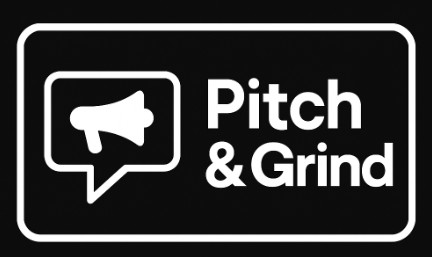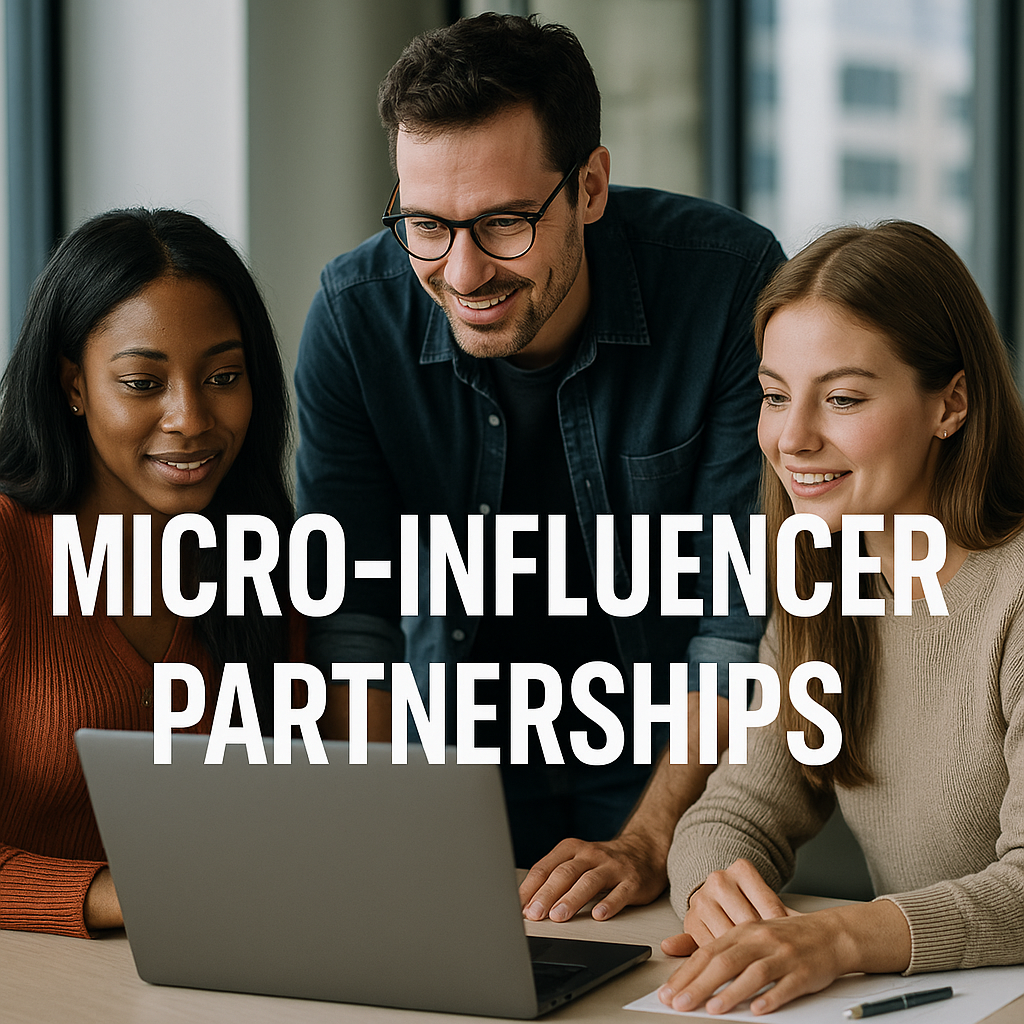Recent studies indicate that consumers increasingly trust recommendations from peers and relatable figures over celebrity endorsements.
This shift highlights a primary pain point for many brands: how to build genuine trust and connection with potential customers.
Micro-influencer marketing directly addresses this by leveraging their engaged communities around specific niches.
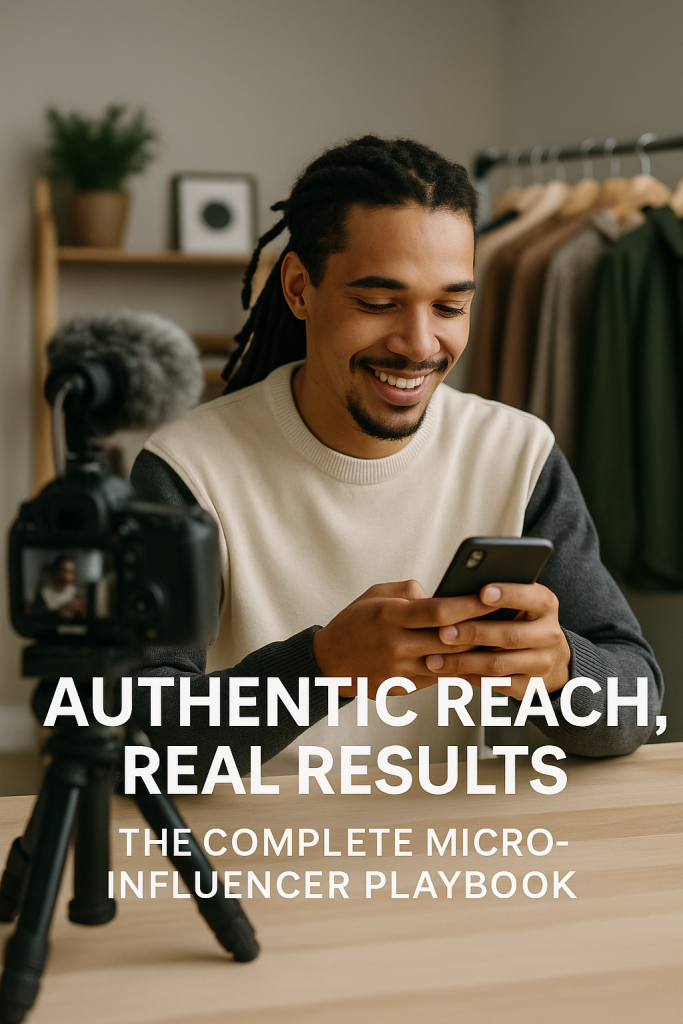
Micro-Influencers
Micro-influencers are content creators and personalities typically possessing a follower count ranging from 1,000 to 100,000 on social media platforms like Instagram, TikTok, YouTube, or blogs.
Unlike macro or celebrity influencers who boast millions of followers, micro-influencers often have:
- Greater Authenticity: Their content tends to be more personal and less overtly commercial.
- Stronger Niche Authority: They are often specialists in specific areas (e.g., sustainable fashion, vegan cooking, indie gaming).
- Higher Community Trust: Followers see them as peers and value their opinions more readily.
- More Accessible Cost: Collaborating with micro-influencers is generally more budget-friendly.

The Benefits
Engaging with micro-influencers offers a multitude of advantages for brands prepared to invest in genuine collaborations. These benefits directly address the primary search intent of understanding their potential impact.

Higher Engagement Rates
A study by Markerly showed that as an influencer’s follower total rises, their rate of engagement (likes and comments) decreases. Influencers with fewer than 1,000 followers generally have like rates around 8%, while those with 1,000-10,000 followers see rates around 4%.
This is diffenet than macro-influencers, whose engagement rates can drop to 1.7% or lower. This heightened interaction comes from a more personal connection; followers feel seen and heard.
Authenticity and Trust
Their closer relationship with their audience gives more credible endorsements, which can significantly influence purchasing decisions.
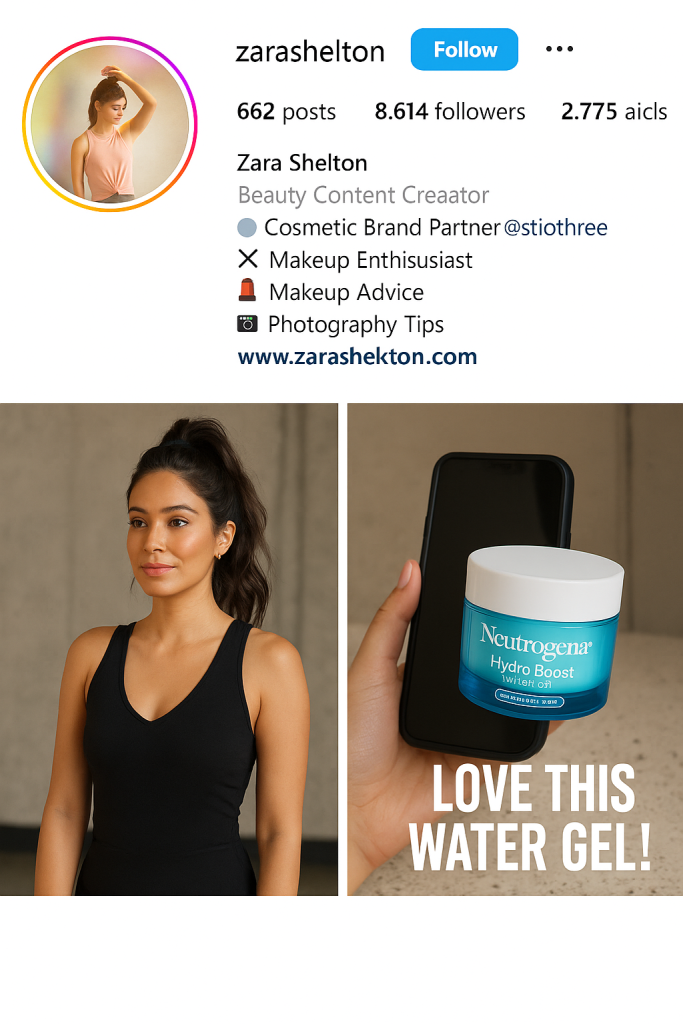
Cost-Effectiveness & Higher Return on Investment (ROI)
Many are open to collaborations in exchange for free products, services, or modest flat fees.
This lower entry cost, combined with higher engagement rates and targeted reach, frequently results in a superior return on investmen
Relatability
Micro-influencers are often perceived as “everyday people” by their followers. This relatability makes their content and recommendations more accessible and trustworthy.
Audiences can see themselves in the micro-influencer’s lifestyle or aspirations, making product integrations feel more natural and less aspirational in an unattainable way.
Improved Content Generation
Collaborating with micro-influencers provides brands with a stream of authentic, user-generated style content. This content often feels more organic and is highly versatile, suitable for use on the brand’s own social media channels, website, or even in advertisements (with appropriate usage rights). It saves brands time and resources in content creation while providing assets that resonate well with audiences accustomed to genuine, less polished visuals.
Scalability
While managing individual micro-influencer relationships can be more time-intensive than a single large contract, the overall strategy is scalable.
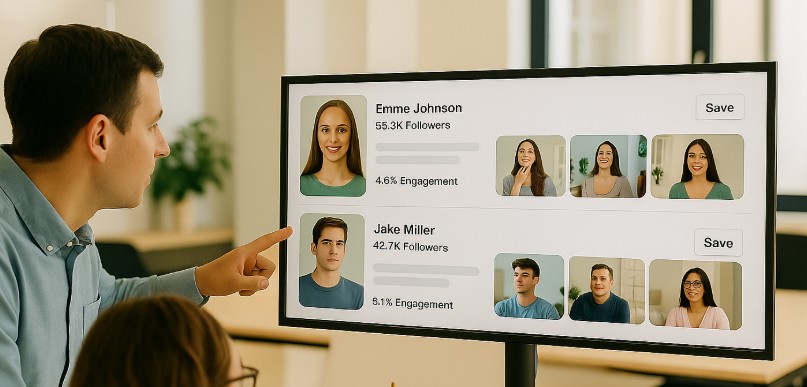
Working with multiple micro-influencers simultaneously allows brands to reach diverse segments within their target market or amplify their message across various niche communities, effectively scaling their impact.
Core Strategies for Successful Micro-Influencer Partnerships
To realize the full potential of micro-influencer marketing, a strategic approach is necessary. This involves clear planning, thoughtful execution, and a focus on mutual value.
Setting Clear Goals & Key Performance Indicators (KPIs)
Before initiating any outreach, define what you want to achieve with your micro-influencer partnerships. Common goals include:
- Brand Awareness: Increasing visibility and recognition among a new audience.
- Lead Generation: Capturing contact information for potential customers.
- Sales Conversions: Directly driving product purchases.
- Content Creation: Sourcing authentic visuals and testimonials.
- Community Growth: Increasing followers and engagement on your brand’s social profiles.
Once goals are set, establish specific, measurable, achievable, relevant, and time-bound (SMART) KPIs to track progress. Examples include:
- Reach and Impressions: Number of unique users who saw the content and total views.
- Engagement Rate: Likes, comments, shares, saves per post.
- Click-Through Rate (CTR): Percentage of people who clicked a link.
- Conversion Rate: Percentage of clicks that resulted in a desired action (e.g., sale, sign-up).
- Sentiment Analysis: The overall tone of comments and mentions (positive, neutral, negative).
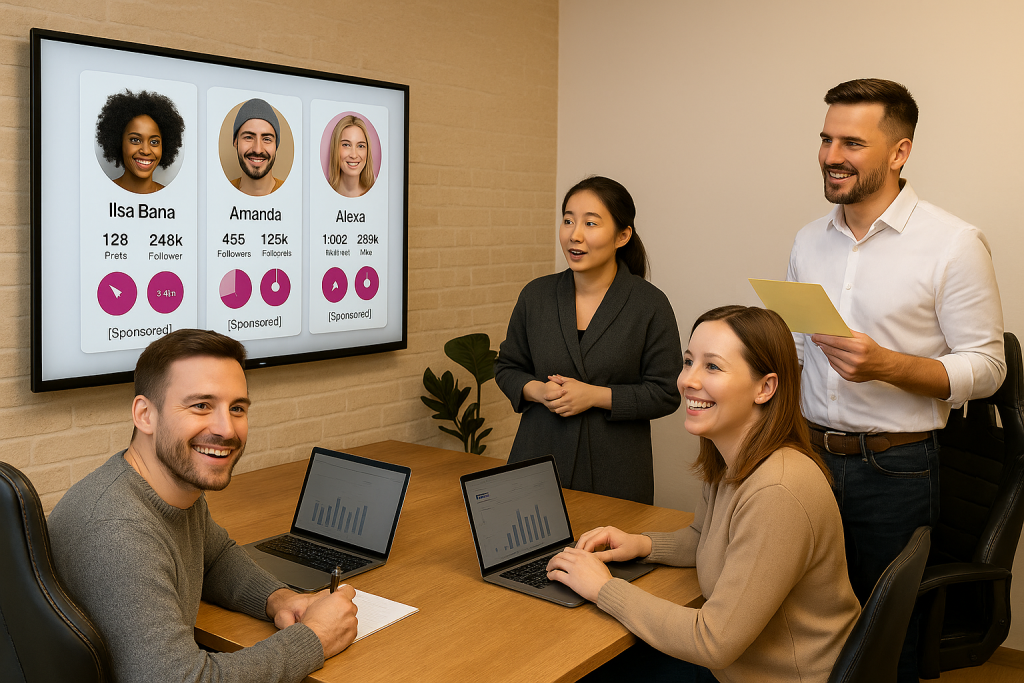
Budgeting for Micro-Influencer Campaigns
Determine your budget, considering various compensation models:
- Free Product/Service: Common for newer micro-influencers or products with high perceived value.
- Flat Fee: A set payment per post, story, or content piece. This varies widely based on follower count, engagement, and niche.
- Affiliate/Commission: The influencer earns a percentage of sales generated through their unique link or code.
- Hybrid Model: A combination, such as a smaller flat fee plus commission.
Also, factor in the internal time required for research, outreach, negotiation, management, and reporting. This “soft cost” can be significant.
Campaign Types
Tailor your campaign type to your goals and the influencer’s strengths:
- Sponsored Posts: Paid placements on platforms like Instagram, TikTok, blogs, or YouTube.
- Product Reviews: Influencers provide their honest (and transparently sponsored) opinion on a product or service.
- Giveaways and Contests: Engaging ways to increase brand visibility and audience participation. The influencer hosts the giveaway, often requiring follows, likes, or tags for entry.
- Affiliate Marketing: Long-term arrangements where influencers promote products using trackable links.
- Brand Ambassadorships: Ongoing, deeper partnerships where micro-influencers regularly promote the brand over an extended period, fostering stronger associations.
- Content Creation: The influencer creates high-quality content (photos, videos) that the brand can then use on its own channels (ensure usage rights are clearly defined).
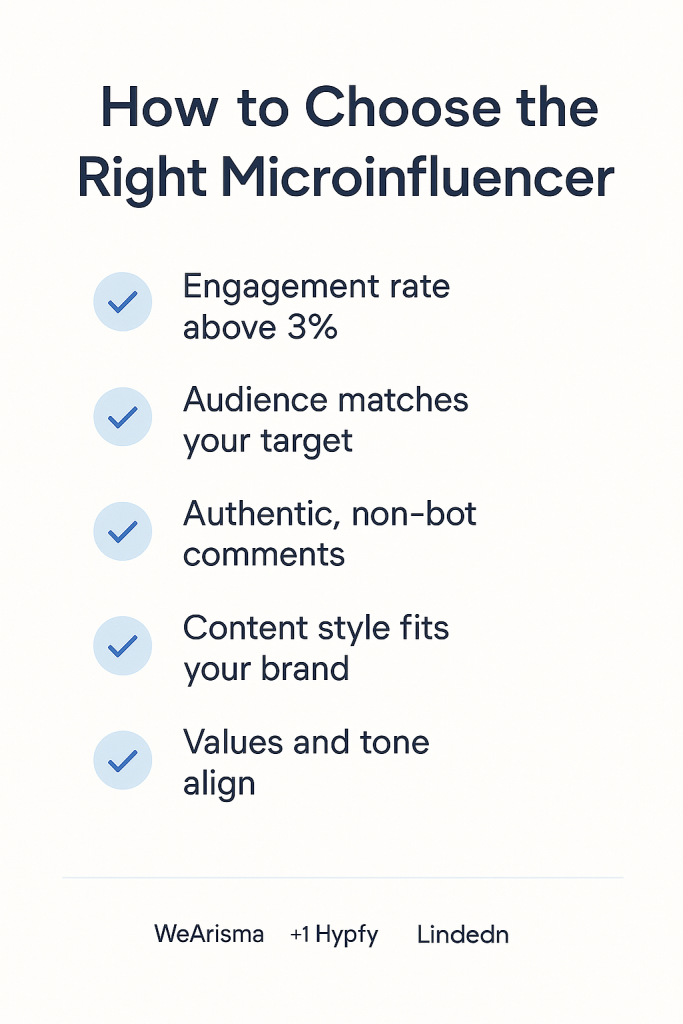
Developing a Compelling Offer/Brief for Influencers
Your outreach and offer must be appealing to the influencer. A well-structured brief should include:
- Information about your brand and product.
- Campaign objectives and key messages.
- Content guidelines (e.g., mention specific features, desired tone) but also allow for creative freedom.
- Deliverables (e.g., 1 Instagram post, 3 stories).
- Timelines and deadlines.
- Compensation details.
- Disclosure requirements (e.g., #ad, #sponsored).
The offer should clearly articulate the value for the influencer beyond just compensation, such as exposure to a new audience or association with a brand they admire.

Actionable Guide to Micro-Influencer Collaboration
Identifying the Right Micro-Influencers
Finding micro-influencers who genuinely align with your brand is foundational to success.
Know Your Audience
Who are your ideal customers? What are their interests, values, and online behaviors? Understanding your target audience helps you identify the types of influencers they are already following and engaging with. Create customer personas if you haven’t already.
Hashtag Research
Perform thorough research using relevant industry, niche, and long-tail hashtags on platforms like Instagram and TikTok. Look for posts with high engagement from smaller accounts. Tools like SparkToro or even platform-native search can reveal popular and niche hashtags.
Competitor Analysis
Examine which influencers your competitors are partnering with (or, importantly, those they are not working with, presenting an opportunity). This can provide inspiration and also help you identify influencers already familiar with your industry. However, aim for unique partnerships rather than simply copying competitors.
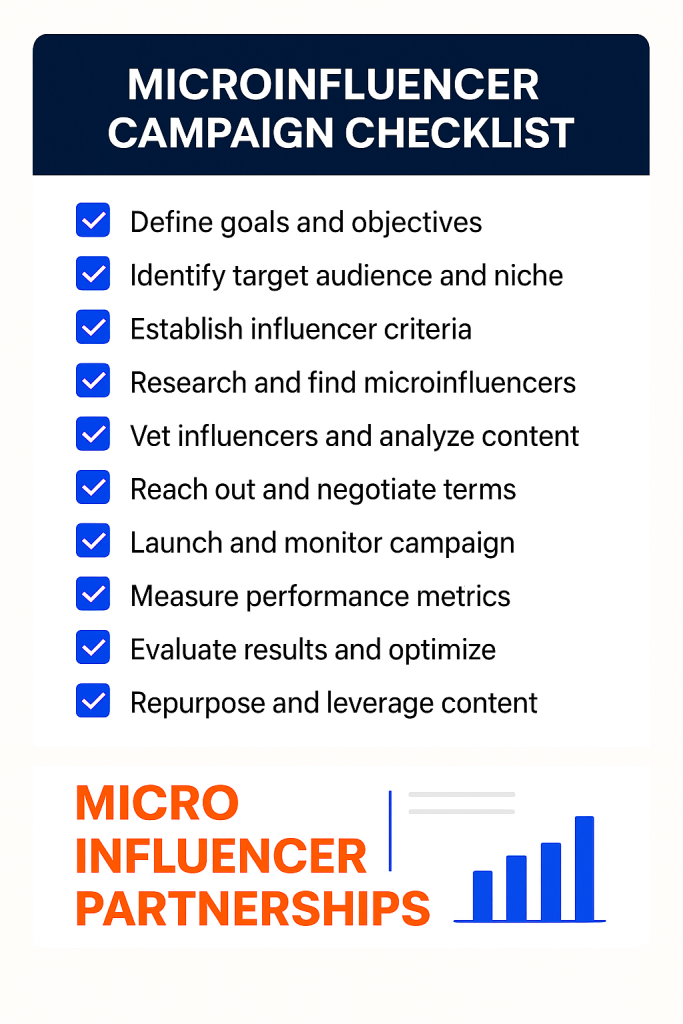
Influencer Marketing Platforms & Tools
Several platforms are designed to help brands find and manage influencers. Examples include:
- Upfluence: Offers a vast database and advanced search filters.
- Aspire (formerly AspireIQ): Focuses on building communities of influencers and content creators.
- Grin: Strong for e-commerce brands, integrating with platforms like Shopify.
- CreatorIQ: Enterprise-level platform for managing large-scale influencer programs.
Pros: Save time, access to analytics, campaign management features. Cons: Can be costly, database quality varies, may still require manual vetting.
Manual Search
Directly searching on social media platforms can be time-consuming but highly effective for finding emerging talent or hyper-niche influencers. Use keyword searches within Instagram, TikTok, YouTube, Pinterest, and relevant blog communities. Pay attention to “suggested for you” algorithms once you start engaging with potential profiles.
Check Your Own Followers/Customers
Your most passionate advocates might already be within your existing customer base or social media following. These individuals may have micro-influencer potential and an inherent affinity for your brand. Look for customers who frequently tag your brand or post positive reviews.
Vetting Potential Micro-Influencers
Once you have a list of potential candidates, thorough vetting is essential.
Audience Quality
Look for signs of authenticity. Red flags include:
- A disproportionately high number of followers compared to engagement.
- Generic or bot-like comments on their posts.
- Sudden spikes in follower growth.
- Participation in engagement pods (groups that artificially inflate likes/comments).
Tools like HypeAuditor or Social Blade can assist in analyzing audience authenticity and detecting suspicious activity, though manual review remains critical.
Content Quality & Alignment
Assess the overall quality of their content. Is it well-produced, creative, and visually appealing? Most importantly, does their content style, tone of voice, and personal values align with your brand? An influencer promoting fast fashion would likely not be a good fit for a sustainable clothing brand. Review their past sponsored content to see how they integrate brand messages.
Audience Demographics
If possible (some influencers provide this in a media kit, or tools can offer estimates), verify that their audience demographics (age, gender, location, interests) match your target customer profile. An influencer might have high engagement, but if their audience isn’t relevant to your product, the partnership won’t be effective.
Past Partnerships & Authenticity
Review their history of collaborations. Do they promote products excessively, or are their partnerships selective and seemingly genuine? Do they appear to truly use and appreciate the products they endorse? Too many sponsored posts close together can dilute credibility.
Engaging and Reaching Out
Your initial contact sets the tone for the potential partnership.
Personalized Outreach
Avoid generic, copy-paste templates. Reference specific content they’ve created that resonated with you. Explain why you believe their unique voice and audience would be a good fit for your brand. Show that you’ve done your homework.
Clear Value Proposition
Clearly articulate what’s in it for them. This includes compensation, free products, exposure, or the opportunity to co-create something meaningful. Be transparent and upfront about your expectations and what you’re offering.
Professional Communication
While some initial DMs might be acceptable for very small influencers, email is generally preferred for formal proposals and contract discussions. Maintain a professional and respectful tone throughout all communications. Respond promptly to their queries.
Structuring the Collaboration & Setting Expectations
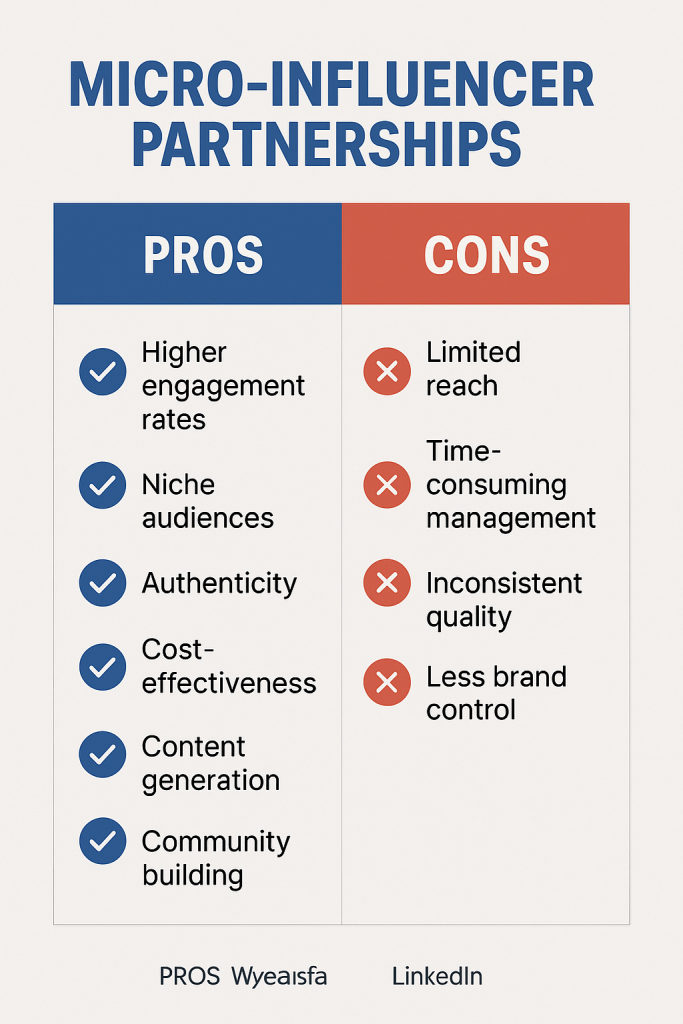
Building Long-Term Relationships
The most fruitful micro-influencer partnerships are often ongoing rather than one-off campaigns. Building long-term relationships can lead to:
- Increased Authenticity: Influencers become genuine brand advocates over time.
- Better Content: They gain a deeper understanding of your brand and products.
- Cost-Effectiveness: Negotiating longer-term contracts can sometimes be more economical.
- Consistent Brand Messaging: Regular exposure through trusted voices.
Nurture these relationships by maintaining open communication, providing ongoing support, and recognizing their contributions.
Providing Feedback and Showing Appreciation
Share performance results with your influencers (where appropriate and agreed upon). Provide constructive feedback for future collaborations. A simple thank-you note, a small bonus for exceptional performance, or featuring their content prominently on your channels can go a long way in showing appreciation and strengthening the partnership.
Case Studies
Example 1: The Niche E-commerce Store
A small online business selling artisanal coffee beans partnered with five micro-influencers in the “home barista” and “specialty coffee” niches (5,000-15,000 followers each). Each influencer received a selection of beans and was asked to create an Instagram post and a series of stories showcasing their brewing process and tasting notes.
Strategy: Product seeding, authentic reviews.
Results: A noticeable increase in website traffic from referral links, a 15% uplift in sales using unique discount codes provided by influencers, and a collection of high-quality, user-generated content the brand repurposed for its own feed. The comments on influencer posts showed genuine interest and questions about the coffee.
Example 3: The B2B SaaS Company
A B2B software company targeting small business owners partnered with micro-influencers who are respected voices in entrepreneurship and small business advice (10,000-50,000 followers on LinkedIn and Twitter). Influencers were asked to write a short thought-leadership piece on a relevant pain point their software solves, subtly mentioning the tool as a solution, and share it on their professional networks.
Strategy: Thought leadership, targeted professional network reach.
Results: Increased demo requests from qualified leads, higher-quality website traffic from LinkedIn referrals, and enhanced brand credibility within the target professional community.
Tools and Resources for Micro-Influencer Marketing
A variety of tools can aid in different stages of your micro-influencer marketing efforts.
| Tool Category | Example Tools | Primary Use |
| Discovery Platforms | Upfluence, Aspire, Grin, CreatorIQ, Modash | Finding influencers based on niche, audience, engagement, etc. |
| Analytics & Vetting | HypeAuditor, Social Blade, Sprout Social | Analyzing influencer audience authenticity, engagement rates, demographics. |
| Management & CRM | Trello, Asana, Google Sheets, dedicated IRM tools | Organizing outreach, tracking communications, managing contracts, deliverables. |
| Content & Listening | BuzzSumo, Brandwatch, Mention | Monitoring brand mentions, tracking campaign hashtags, content ideation. |
| Link Tracking | Bitly, Rebrandly, UTM builders (in Google Analytics) | Creating trackable links to measure clicks and conversions. |
Note: Some platforms offer multiple functionalities (e.g., discovery and management).
Beyond tools, resources like marketing blogs (e.g., HubSpot, Social Media Examiner), industry reports, and online communities dedicated to influencer marketing can provide valuable insights and current best practices.
Outlook on Micro-Influencer Partnerships
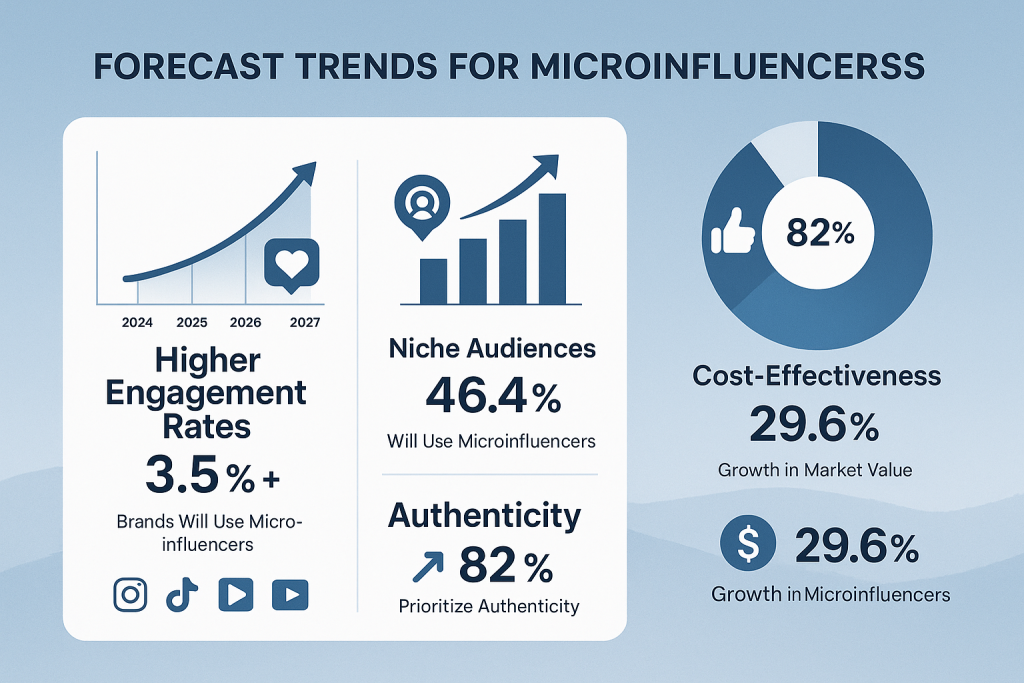
Micro-influencer partnerships continue to be a dynamic and effective component of the marketing mix. Their strength lies in fostering genuine connections and leveraging the trust inherent in smaller, dedicated communities. As consumers grow increasingly wary of overt advertising, the authenticity offered by micro-influencers will likely become even more valuable.
Future trends may include:
- An even greater emphasis on long-term ambassadorships over one-off posts.
- Increased use of video content, especially short-form video on platforms like TikTok and Instagram Reels.
- More sophisticated tools for measuring ROI and impact beyond vanity metrics.
- Greater attention to influencer diversity and inclusion.
Measuring the Impact and Nurturing Relationships
After the campaign launches, tracking performance and fostering good relationships are key to long-term success.
Tracking Performance
Refer back to your KPIs. Use various methods to measure the impact:
- UTM Parameters: Add Urchin Tracking Module codes to links shared by influencers. This allows you to track website traffic and conversions originating from their specific content in Google Analytics or other analytics platforms.
- Unique Promo Codes: Provide each influencer with a unique discount code. This is an easy way to track direct sales attributed to their efforts.
- Monitoring Engagement: Track likes, comments, shares, saves, and views on the sponsored posts. Analyze the sentiment of comments.
- Analyzing Website Traffic and Conversions: Look for lifts in direct and referral traffic, as well as goal completions (e.g., newsletter sign-ups, purchases) during and after the campaign.
- Calculating ROI: Compare the total cost of the campaign (including fees, product costs, and time) against the value generated (e.g., sales, estimated value of content, media value of reach). The formula is:
((Value Gained - Cost of Investment) / Cost of Investment) * 100%.
Building Long-Term Relationships
The most fruitful micro-influencer partnerships are often ongoing rather than one-off campaigns. Building long-term relationships can lead to:
- Increased Authenticity: Influencers become genuine brand advocates over time.
- Better Content: They gain a deeper understanding of your brand and products.
- Cost-Effectiveness: Negotiating longer-term contracts can sometimes be more economical.
- Consistent Brand Messaging: Regular exposure through trusted voices.
Nurture these relationships by maintaining open communication, providing ongoing support, and recognizing their contributions.
Providing Feedback and Showing Appreciation
Share performance results with your influencers (where appropriate and agreed upon). Provide constructive feedback for future collaborations. A simple thank-you note, a small bonus for exceptional performance, or featuring their content prominently on your channels can go a long way in showing appreciation and strengthening the partnership.
Potential Challenges and How to Overcome Them
While micro-influencer partnerships offer significant upsides, there can be challenges:
- Finding the Right Influencers:
- Challenge: Sifting through many potential candidates to find a true brand fit can be time-consuming.
- Solution: Refine your search criteria, use specialized tools, and dedicate sufficient time to thorough vetting. Start with a small, manageable number.
- Managing Multiple Influencers at Scale:
- Challenge: Communicating, negotiating, and tracking deliverables with many individuals can become complex.
- Solution: Use influencer relationship management (IRM) tools or create a detailed spreadsheet. Develop standardized templates for outreach and briefs but personalize them. Consider agency help if scaling significantly.
- Ensuring Authenticity:
- Challenge: Some influencers may prioritize compensation over genuine brand affinity, leading to less authentic endorsements.
- Solution: Thoroughly vet for past authentic partnerships. Prioritize influencers who show genuine interest in your product/niche. Grant creative freedom to ensure their voice shines through.
- Measuring True ROI:
- Challenge: Attributing direct sales or quantifying brand awareness lift can be difficult.
- Solution: Use a combination of tracking methods (UTMs, promo codes). Set clear KPIs beyond just sales, such as engagement, reach, and content value. Understand that some benefits, like brand building, are long-term.
- Dealing with Influencers Who Don’t Deliver:
- Challenge: Influencers might miss deadlines, produce subpar content, or fail to meet agreed-upon terms.
- Solution: Have a clear contract in place that outlines deliverables, revisions, and consequences for non-performance. Maintain open communication and try to resolve issues amicably first.
Manual Micro Influencer Engagement Rate Calculation
Calculate the engagement rate to gauge audience interaction: (Total Likes + Total Comments on recent posts) / Number of Posts / Follower Count * 100 = Average Engagement Rate % For example, if an influencer has 10,000 followers and their last 10 posts averaged 350 likes and 50 comments each: ( (350 likes + 50 comments) * 10 posts ) / 10 posts / 10,000 followers * 100 = (400 * 10) / 10 / 10000 * 100 = 4000 / 10 / 10000 * 100 = 400 / 10000 * 100 = 0.04 * 100 = 4%. A “good” engagement rate varies by platform and niche, but for micro-influencers on Instagram, rates between 3-6% are often considered strong. Rates above 1-2% are generally acceptable, while anything significantly lower might warrant closer inspection.
FAQ

How do I legally protect my brand with influencer contracts?
Use clear contracts detailing content ownership, usage rights (especially for ads), FTC/ASA disclosure requirements, exclusivity, and payment terms. Specify how long and where you can use their content. Consulting a legal professional for a template is wise.
What else besides numbers should I check when vetting influencers?
Look at the quality and sentiment of their audience’s comments – are they genuine? Assess the influencer’s communication style with their followers and their professionalism in early talks with you. Ensure their overall content history and values consistently align with your brand.
Can B2B companies use micro-influencers effectively?
Yes. Focus on platforms like LinkedIn. Seek industry experts or thought leaders. Content like webinars, white papers, or expert Q&As often works better than visual product posts. Success is often measured by lead quality or network engagement.
What are key ethics in micro-influencer marketing?
Prioritize genuine brand affinity; don’t force a fit. Allow for honest opinions in reviews. Be transparent with influencers about expectations. Respect their creative voice. Never ask them to buy engagement or mislead their audience. Ensure clear disclosure of paid partnerships.
How long to run a campaign, and when to go long-term?
Initial test campaigns can be 1-3 months. Some results (engagement, clicks) are quick; sales and brand awareness take longer. If an influencer performs well, aligns with your brand, is professional, and gets positive audience feedback, discuss a longer-term ambassadorship (6-12 months).
My business is very niche; how can I find suitable micro-influencers?
Look in adjacent niches or for passionate customers already creating content. Search niche-specific hashtags for quality user-generated content. Leaders in offline niche communities or local clubs might also have a relevant online presence. Think “expert” or “practitioner,” not just “influencer.”
